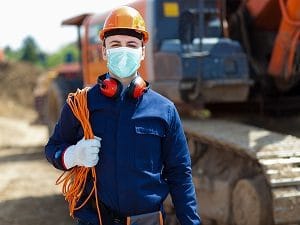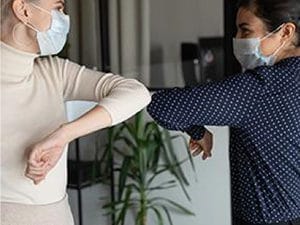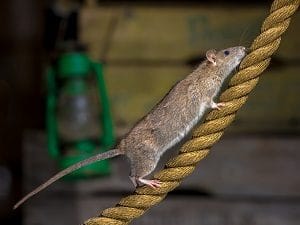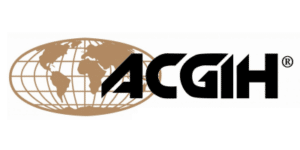How to Handle Sewage Decontamination – Quickly!
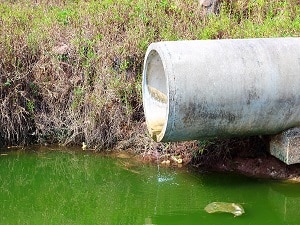
Grease in a main sewage line is being blamed for an 11,000-gallon sewage spill into the San Gabriel River that led to beach closures along the Long Beach coast this month.
Even on a much smaller scale, sewage incidents can paralyze businesses, which often don’t expect or have a plan to manage sewage decontamination. The longer the problem is unaddressed, the more serious it becomes. Here is what you need to know about the types of water emergencies that businesses face and how they should be handled.
Water emergencies can involve clean water, gray water, or black water. If not handled right away, clean water can become contaminated with pathogens and evolve into gray water, which left untreated can turn into black water.
Keeping Clean Water Safe
Clean water overflow or flooding is also known as Category 1 water damage. When a tub or sink overflows or an appliance water line malfunctions, this is known as a clean water incident. Other examples include leaks due to falling rainwater, melting ice and snow, broken toilet tanks and toilet tanks that do not contain contaminants.
Clean water is not a danger to human health because it does not contain contaminants or harmful pathogens. However, it can deteriorate in cleanliness as time elapses if the water comes into contact with dirty substances.
The Dangers of Gray Water
The second category, known as gray water, may have a significant level of chemical or biological contamination that has the potential to make people sick. Discharge from dishwashers, washing machines and overflows from toilet bowls containing urine are examples of gray water intrusion. Sump pump failures, punctured water beds, and broken aquariums also fall into this category. Gray water may contain chemicals, fungus, grease, bacteria or other biological contaminants.
Temperature levels and time can cause contamination to multiply. Gray water left for more than 48 hours in flooded buildings will change to Category 3, or black water.
Sewage Decontamination or Black Water is an Emergency
Black water incidents are an emergency that requires immediate action as black water contains pathogenic agents and is a serious threat to human health. A toilet backflow that originates beyond the toilet trap is considered black water contamination, although the water may not appear black. All forms of flooding from seawater, ground surface water, and water from rivers and streams create black water conditions. This water may be contaminated by biohazards including human waste, bacteria, viruses, pesticides, heavy metals or other toxic microbes and organic substances that can pose a serious threat to human health.
Furniture impacted by black water intrusion must be tested and may require special handling to avoid cross-contamination.
Calling in the Experts
Emergency water situations require quick response and assessment to limit damage to property, risks to health, and to establish proper restoration measures. Immediately addressing the source of water intrusion is key. The area should be adequately dried and disinfected. Once dry-out is complete, assessment and testing of water-damaged areas is necessary to determine whether microbial pathogens have been cleaned adequately. This may include testing for coliform bacteria on building surfaces and for the presence of mold spores in the air.
At Omega Environmental we offer 24/7 support including hazardous materials assessments and remediation services to ensure compliance and safety. Our team includes experts in environmental project management and engineering, industrial hygiene, health and safety, microbial decontamination, disinfection, and deodorization, and can identify what is needed to remediate quickly and cost-effectively. For more information, give us a call or click on the link below.





